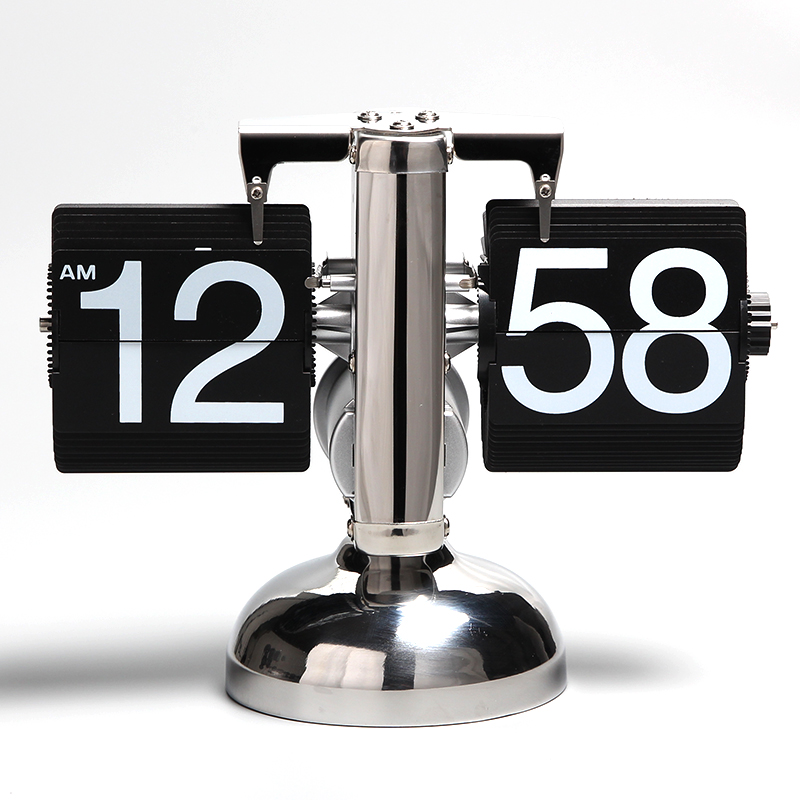The printing technology of the Milon was invented by the German Albert. There are many statements about the exact time of this technical invention, as early as 1864, some as 1867, 1868, 1869, etc. In short, this should be the 1960s. During this period, European modern printing technology developed rapidly, and steam-powered printing machines were invented and put into use.
In 1814, Germany made a steam-driven roller platform printer;
In 1839, France invented silver photography;
In 1841, the British invented the silver iodide paper photographic method;
In 1847, the French invented the protein printing method;
In 1850, France made a steam driven roller platform lithograph;
In 1855, the French invented photographs and lithographs;
In 1865, the United States made a web rotary printer;
In 1867, metal plates for lithography replaced stone;
In 1884, Germany invented the Canadian screen to reproduce the prints of shades of light;
In 1907, the United Kingdom obtained screen printing patents;
In the era of ever-changing printing technology and fierce competition, the Mild Edition has shown its unique, irreplaceable artistic charm with its accurate reproduction and vivid results. The process is roughly as follows: On a frosted glass of about 10 mm thickness, a thin layer of sodium silicate is applied as a substrate, and gelatin and dichromate are coated thereon, and the photosensitive film is formed after drying. This layer of dry film produces some fine wrinkles. It is used to make contact with the continuous tone pattern. Under light, the photosensitive film produces a different hardening response, and the final printing plate is made. Since the print uses gelatin, the Greek name Glne Collo is added to the name of this technique.
After the invention of the Jurassic printing technology, it quickly spread to Japan. In 1876, the Shanghai Youzhe Book Bureau hired a Japanese expert to test the success of the Jurassic printing; then the Civilized Book Bureau also began printing on the Jurassic. In 1907, the Commercial Press began experimenting with the Milo version of the technology. In 1919, it finally succeeded in printing 15-color overlays of rice paper. This is a landmark success. Since then, the Chinese Miluo Edition printing business has developed greatly. In the printing of manuscripts and calligraphy painting, showing a special charm, you can maximize the reproduction of the manuscript color, level, to achieve realistic effects. In the middle of the 20th century, newer printing techniques appeared, and the printing of the Milo was once weakened. Many of China's Minami printing companies were withdrawn, and the Milo version seemed to be forgotten. However, the Feiluo edition technology has its own characteristics. When printing complex paintings and calligraphy works, it can maximize the artistic features of the manuscripts and reach artistic realms that are hard to match with other printing methods. The Jurassic version has been reaffirmed by people, and it is reborn like a new tree.
Source: Chenyi Online
This Retro Table Clock with big number, it is easy to read time. With slim body, this clock can accompany with you when you studied. Popular for gift, this retro Table Clock will be packed with color box.Retro Table Clock is our classical model, we`ve produce this clock over 20years. You deserve this table Flip Clock.

Retro Table Clock
Retro Table Clock,Vintage Table Clock,Wooden Table Clock,Small Decorative Table Clocks
Guangzhou Huan Yu Clocking Technologies Co., Ltd. , http://www.mid-clock.com
![<?echo $_SERVER['SERVER_NAME'];?>](/template/twentyseventeen/skin/images/header.jpg)